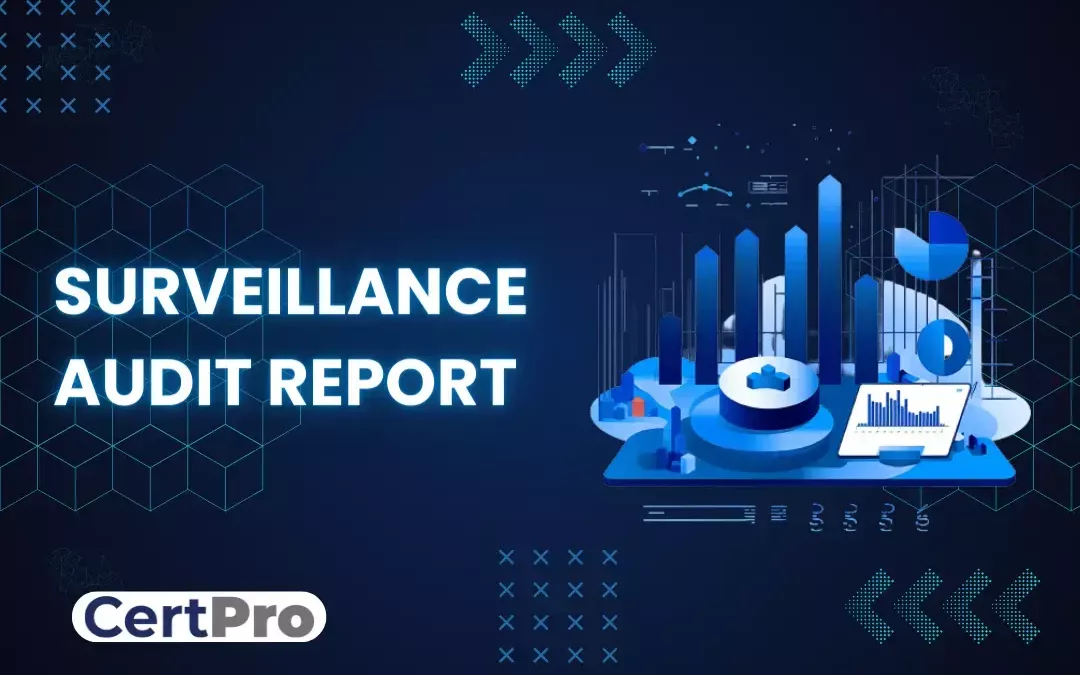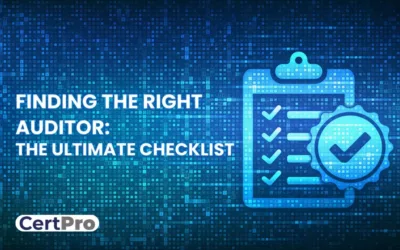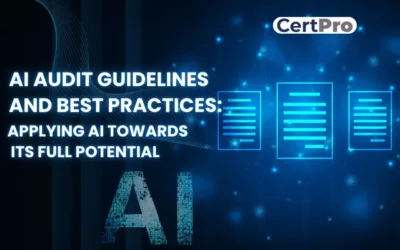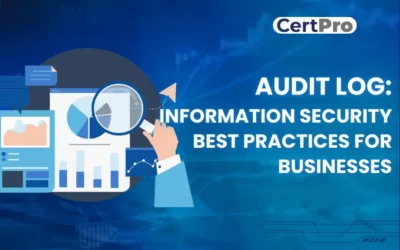The surveillance audit report contains the outcomes, recommendations, and observations of the process and is helpful and beneficial for businesses. It gives an idea and an overview of the organization’s ongoing compliance with the standards, their regulations, and their requirements. An ongoing evaluation process called a surveillance audit ensures that your company is complying with the required standards. It is just a part of the recertification process. It is less intensive than the certification process. This process needs a report where you will get to know the gaps and which parts don’t comply with certain certifications.
These types of audits are distinct from initial certification audits, which are performed when an entity seeks initial certification or registration against a certain standard or regulatory framework. After the first certification has been obtained, they focus on the organization’s or system’s ongoing compliance and improvement.
This article discusses the importance of surveillance audits and their role in ensuring continual compliance and quality assurance. Organizations may recognize the value of those by recognizing their relevance in maintaining certification or registration status, increasing operational performance, and demonstrating their commitment to excellence.
WHAT IS A SURVEILLANCE AUDITING?
A surveillance audit is a follow-up evaluation performed to check that an organization is continuing to comply with specified standards, rules, or requirements. It assesses the efficacy of implemented processes and systems, finds noncompliance, and makes recommendations for improvement.
These audits are conducted on a regular basis to monitor and maintain an organization’s compliance status after initial certification or registration. Surveillance audits are critical for promoting continuous improvement, showing quality commitment, and maintaining certification or regulatory compliance.
WHAT IS A SURVEILLANCE AUDIT REPORT?
A surveillance audit report is a document that describes the findings and conclusions of an auditing organization’s surveillance audit. It provides a comprehensive evaluation of an organization’s continuous compliance with certain standards, rules, or criteria. The surveillance audit report is an important document that acts as a reference for the examined company, allowing them to correct non-compliances and promote continuous progress.
The report serves as an official record of the audit process and its outcomes, noting any nonconformities, observations, or opportunities for improvement that were discovered during the audit. Surveillance audit reports normally comprise crucial aspects such as audit scope and goals, audit methodology, compliance evaluation, non-conformities, and so on.
HOW TO CREATE A REPORT?
There are numerous critical steps to creating a successful surveillance audit report. Here is a general guide to creating a surveillance audit report:
1. Examine the audit findings: Begin by closely analyzing the surveillance audit findings. This comprises investigating the compliance status, non-compliances, observations, and any auditor suggestions.
2. Structure the report as follows: Determine the report’s structure and parts. An introduction, audit scope, methodology, compliance evaluation, non-compliances, observations, suggestions, and a conclusion are often included.
3. Give an overview: Begin the report with an introduction that describes the surveillance audit’s goal, scope, and objectives. Explain briefly the rules, norms, or procedures used to evaluate the organization.
4. Describe the audit technique in detail: Describe the audit process used, including the composition of the audit team, the paperwork reviewed, the interviews done, and any tests or observations completed during the audit. This increases transparency in the auditing process.
5. Assess compliance status: Based on the audit results, summarize the organization’s compliance status. Sort the findings into compliance, non-compliance, and observations. Indicate which standards, rules, or requirements were satisfied, as well as any deviations or non-compliances.
6. Non-compliances must be documented: Give a comprehensive explanation for each found noncompliance. Include specific standards that were not satisfied, as well as supporting information and any potential consequences or dangers related to the noncompliance. Make use of simple, concise wording.
7. Highlight observations: Highlight any notable findings made during the audit that are not labeled as non-compliances but are worth highlighting. These observations can provide useful information for improvement without necessarily showing noncompliance.
8. Report layout and presentation: Make certain that the report is well organized, simple to read, and aesthetically appealing. To improve clarity and readability, use headings, subheadings, bullet points, and tables as appropriate. If relevant, provide any supporting paperwork or proof as appendices.
Surveillance audit reports are critical tools for firms that want to maintain compliance, promote improvement, and demonstrate their dedication to excellence. Organizations may improve their compliance efforts, manage risks, and achieve long-term success in an ever-changing regulatory context by successfully utilizing these reports. Accepting surveillance audit reports as essential components of compliance management will place businesses in a position for long-term growth and resilience.
For example, surveillance audit reports are useful documentation and record-keeping tools. Second, surveillance audit reports improve communication with stakeholders. Organizations may transparently convey their compliance status to management, workers, customers, regulatory agencies, and certification bodies by providing these reports. Third, surveillance audit reports highlight non-compliances as well as possibilities for improvement. These reports identify particular requirements that were not satisfied, providing useful insights into potential risks and weaknesses.
Furthermore, surveillance audit reports serve as proof of an organization’s dedication to compliance. These reports boost the organization’s reputation and trustworthiness by confirming compliance activities. They may be shared with stakeholders, consumers, regulatory agencies, and certifying organizations as physical proof of compliance with standards and regulatory requirements.
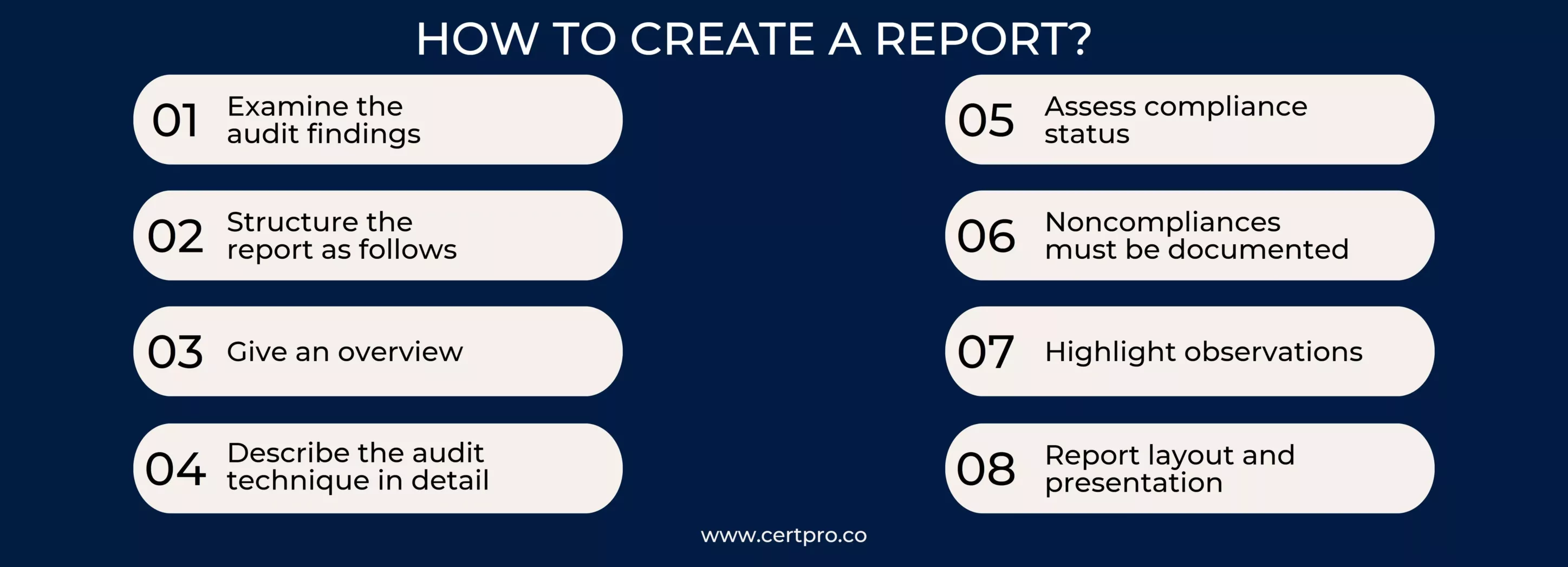
WHAT ARE THE ADVANTAGES OF A SURVEILLANCE AUDIT?
1. Continuous Compliance: Regular surveillance audits enable a company to ensure continued adherence to set standards and regulations. This procedure confirms that the company continuously maintains the required standards, which is essential for maintaining the integrity of the quality management system.
2. Finding Issues and Reducing Risks: Surveillance audits encompass the detection and handling of small-scale nonconformities or problems in businesses. Organizations can successfully minimize the likelihood of future, more significant compliance or quality issues by swiftly addressing these concerns and implementing corrective steps.
3. Improved Performance: Regular evaluations and constant observation lead to better organizational performance. They enable constant process improvement, increased productivity, and a commitment to continuous improvement.
4. Building Customer Confidence: Businesses that demonstrate to their clients their steadfast dedication to compliance by conducting frequent surveillance audits can inspire greater trust from their clientele. Thus, there’s a chance that this will increase client contentment and encourage loyalty.
5. Cost savings: Prompt detection of nonconformities or inadequacies enables timely correction, preventing problems from getting worse and necessitating more expensive solutions.
WHO CONDUCTS SURVEILLANCE AUDITS?
Every year, the ISO Registrar does a surveillance audit, which is a less thorough investigation than the certification audit. This audit serves as a brief snapshot that gives the auditor’s opinion on how well the company is still adhering to the main requirements of the ISO standard. The surveillance audit is an essential recurring review to verify the organization’s continued conformity to the ISO standards, even if it is not as comprehensive as the first certification audit. It contributes to the overall assurance of continued compliance by guaranteeing that the business’s procedures, systems, and practices are consistently in line with the necessary requirements.
FAQ
Who does surveillance audits?
Independent third-party auditing organizations or certifying agencies generally perform surveillance audits. These organizations have qualified auditors who are knowledgeable about certain standards or rules. The auditors are neutral and unbiased, which ensures the legitimacy and integrity of the surveillance audit process.
What if non-compliances are discovered during a surveillance audit?
Non-compliances discovered during a surveillance audit are reported to the organization via the surveillance audit report. The report will go into depth on the individual non-compliances, including the standards that were not satisfied as well as any associated risks or consequences.
How frequently should surveillance audits be performed?
Surveillance audits are often performed once a year; however, depending on company requirements, they may be performed twice. Initial ISO 27001 surveillance audit certifications are valid for three years after they are issued.
Are surveillance audit reports distributed to outside stakeholders?
Depending on the needs and agreements in place, surveillance audit results are frequently shared with external stakeholders like regulatory agencies, certifying bodies, or customers. However, companies must verify that any confidentiality and privacy standards are followed while distributing the report.
What precisely is a QMS audit?
A quality management system audit assesses an organization’s current quality management system (QMS) for compliance with business policies, contract obligations, and regulatory requirements.
FINDING THE RIGHT AUDITOR: THE ULTIMATE CHECKLIST
Selecting an auditor to implement industry-specific rules and regulations is vital. The choice can influence the company’s growth and financial health. Therefore, choosing the right auditor offers valuable insights and ensures compliance and economic stability. You...
AI Audit Guidelines and Best Practices: Applying AI Towards Its Full Potential
Artificial Intelligence is entering different industries, where it is used for customer handling, data management, and documentation processes. The interference of AI is increasing concerns regarding ethical practice and safety. Therefore, AI audits have become more...
AUDIT LOG: INFORMATION SECURITY BEST PRACTICES FOR BUSINESSES
An audit log is the best information security practice for organizations. This article elaborates on the operational process of audit logs and how companies utilize them for business growth. What is an audit log, and how does it work for organizations? For more...

